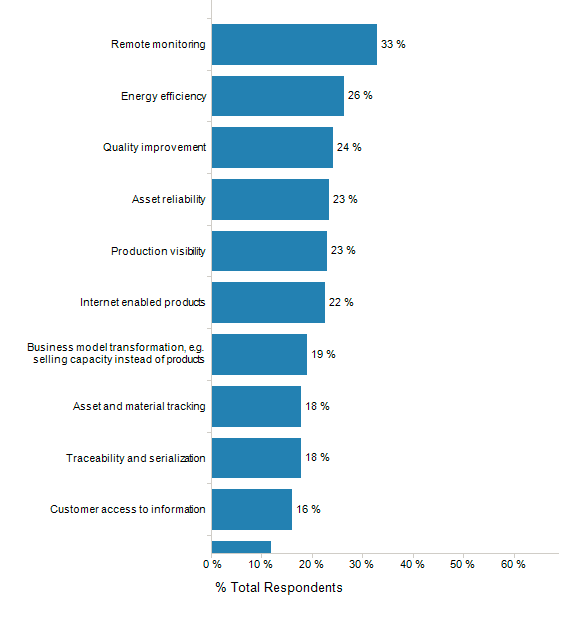During the week following July 4th, two airlines, flydubai and Qantas, announced that they had deployed IoT systems to optimize flight operations. Flydubai is working with GE Aviation/Predix to reduce the impact of unavoidable delays, optimize flight scheduling, and monitor engine health. Qantas took a different approach, working with the University of Sydney to develop a system that optimizes flight paths to reduce fuel consumption and optimize the airline’s operational efficiency.Click here to speak with Dan
Both approaches will deliver value to airlines, pilots and travelers, and are likely to be followed by other others. However, all approaches are hampered by a common industry roadblock: a lack of rules defining Internet of Things (IoT) data ownership and data exchange between suppliers, OEMs, and airlines. This means that while Qantas can optimize flight paths, these optimums are set without using real-time in-flight data because Qantas cannot access the aircrafts’ in-flight data. Similarly, OEMs and suppliers cannot access airline data.
Sure, the data is still very useful, and the improvements are real, but commercial aviation has some fundamental IoT data ownership and data exchange roadblocks that must be overcome in order to fully realize the IoT’s transformative potential. Commercial aviation must find a way to ensure secure data access to IoT data for airlines, OEMs and the supply chain alike, in a similar way that it has found a way to exchange operational data using collaboration standards like Spec 2000 and Spec 2300 among others.
How Important is IoT to Commercial Aviation?
LNS Research has researched the IoT since 2014, and as a part of this research has tracked top use cases for IoT. The top use cases companies are looking to address first with IoT are shown below.
Figure 1. What are the top IoT use cases your company is pursuing today?
All of the above IoT use cases are important to commercial aviation, and in fact aerospace piloted many of these use cases with precursors to IoT for well over a decade. For instance, industry has monitored engines and predicted remaining useful life with Prognostic Health Monitoring (PHM) for 15+ years, OEMs have built company-proprietary Big Data systems to analyze flight data, and the industry as a whole has built standards of data exchange to improve reliability, quality and traceability. In many ways, commercial aviation has provided substantial contributions to the development of core IoT building blocks.
Of course, the arrival of cheap sensors and commercial Big Data platforms have democratized the technology and proliferated development of new IoT solutions targeted at these use cases. Newer IoT-based solutions provide ever-more-comprehensive solutions for mission critical applications (e.g. PHM), new solutions for connected flight deck operations, as well as consumer-facing apps that create an improved flight experience.
These new IoT-based solutions are critical to both airlines and OEMs. New aircraft have many thousands of sensors, and are veritable flying data centers for a reason.
Traditional Standards for IoT Times
Commercial aviation and regulators have invested substantial time and effort building and executing standards for analysis and data exchange, such as those for Reliability Centered Maintenance (i.e. MSG-3), Operations Data (i.e. ATA Spec 2300, S1000D), and supply chain collaboration (Spec 2000). Prior to these standards, data exchange was challenging – there was no common language to describe aircraft structure, maintenance, failure, etc. The adoption of the standards provided standard communication mechanisms across aircraft operational planning, aircraft operations and data exchange, and became an important contributor to industry efficiency.
Unfortunately, commercial aviation runs the risk of plunging back into fragmented data approaches again – this time with IoT data. Currently, portions of IoT data are owned by airlines, other portions by smart system manufacturers (engine and avionics manufacturers), and yet others by OEMs. It’s a complex puzzle, and the costs of not solving the puzzle are born by industry, OEMs, suppliers, travelers and the environment. Without a consolidated approach and access to real-time data, all interested parties miss out on the full realization of IoT’s transformative potential. Given that air travel is expected to increase significantly by mid-century, possibly as much as triple, the stakes will only increase in coming years.
Industry has a lot to gain by proactively addressing this challenge before national and international regulators force what could become a series of regulatory changes (UN limits carbon emissions).
Change Needed
IoT is the latest technology addressing critical use cases in commercial aviation. It has the potential to improve reliability, quality, customer satisfaction and fuel efficiency in an industry that is projected to grow substantially in coming years. In order to maximize value from IoT investments and proactively self-regulate, it is in industry’s best interest to either update existing standards that share data across industry to include IoT data where applicable or adopt/create new standard(s) to establish rules for IoT data exchange and ownership across airlines, OEMs, and suppliers. With air travel and associated pollution expected to swell by mid-century, the impacts of delayed action are too big to ignore.
NEW eBook is a must for Quality leaders! This eBook provides senior leaders with best practices for building a business case around quality and the foundational framework needed to gain executive commitment.